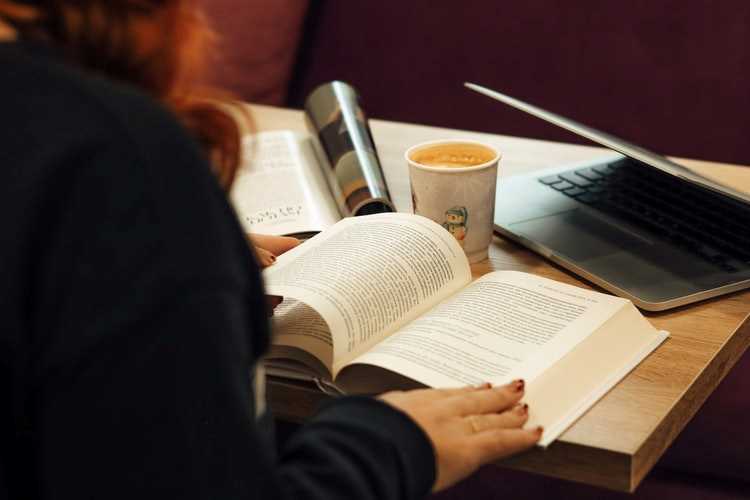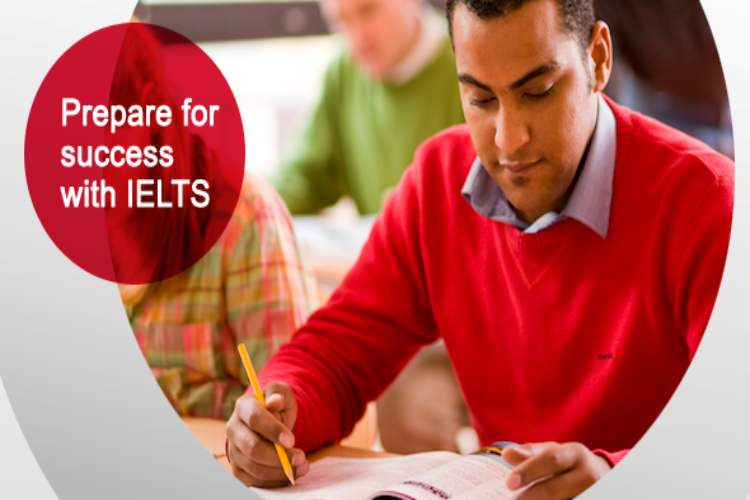The Reading section of the IELTS exam is one of the most challenging and head-scratching tests. One must keep his/her calm while solving the questions. A set of 3 to 4 reading topics are given in the test. You will be provided with a 60 minutes time frame to finish all the questions. This section tests your speed and accuracy at the same time.
To help you practice, today we have a reading topic called The Coconut Palm reading answers. Check out the questions given below the topic and try to answer them without looking at the answers.
The Coconut Palm Reading Answers
In the following sections, you will get the sections of the reading topic along with a set of different questions which are similar to the ones that will come in the IELTS exam. Go through them thoroughly as these will help you in your IELTS preparation for the reading section.
The Coconut Palm Reading Answers Paragraph A
For millennia, the coconut has been central to the lives of Polynesian and Asian peoples. In the western world, on the other hand, coconuts have always been exotic and unusual, sometimes rare. The Italian merchant traveler Marco Polo apparently saw coconuts in South Asia in the late 13th century, and among the mid-14th-century travel writings of Sir John Mandeville, there is mention of ‘great Notes of India’ (great Nuts of India). Today, images of palm-fringed tropical beaches are cliches in the west to sell holidays, chocolate bars, fizzy drinks, and even romance.
The Coconut Palm Reading Answers Paragraph B
Typically, we envisage coconuts as brown cannonballs that, when opened, provide sweet white flesh. But we see only part of the fruit and none of the plants from which they come. The coconut palm has a smooth, slender, grey trunk, up to 30 meters tall. This is an important source of timber for building houses and is increasingly being used as a replacement for endangered hardwoods in the furniture construction industry.
The trunk is surmounted by a rosette of leaves, each of which may be up to six meters long. The leaves have hard veins in their centers which, in many parts of the world, are used as brushes after the green part of the leaf has been stripped away.
The Coconut Palm Reading Answers Paragraph C
Immature coconut flowers are tightly clustered together among the leaves at the top of the trunk. The flower stems may be tapped for their sap to produce a drink, and the sap can also be reduced by boiling to produce a type of sugar used for cooking.
Coconut palms produce as many as seventy fruits per year, weighing more than a kilogram each. The wall of the fruit has three layers: a waterproof outer layer, a fibrous middle layer, and a hard, inner layer. The thick fibrous middle layer produces coconut fiber, ecoie, which has numerous uses and is particularly important in manufacturing ropes.
The Coconut Palm Reading Answers Paragraph D
The woody innermost layer, the shell, with its three prominent ‘eyes’, surrounds the seed. An important product obtained from the shell is charcoal, which is widely used in various industries as well as in the home as cooking fuel. When broken in half, the shells are also used as bowls in many parts of Asia.
Inside the shell are the nutrients (endosperm) needed by the developing seed. Initially, the endosperm is a Swedish liquid, coconut water, which is enjoyed as a drink but also provides the hormones which encourage other plants to grow more rapidly and produce higher yields. As the fruit matures, the coconut water gradually solidifies to form the brilliant white, fat-rich, edible flesh or meat.
The Coconut Palm Reading Answers Paragraph E
Dried coconut flesh, ‘copra’, is made into coconut oil and coconut milk, which are widely used in cooking in different parts of the world, as well as in cosmetics. The thick fibrous middle layer produces coconut fiber, ecoie, which has numerous uses and is particularly important in manufacturing ropes.
A derivative of coconut fat, glycerine, acquired strategic importance in a quite different sphere, as Alfred Nobel introduced the world to his nitroglycerine-based invention: dynamite.
Their biology would appear to make coconuts the great maritime voyagers and coastal colonizers of the plant world. The large, energy-rich fruits are able to float in water and tolerate salt, but cannot remain viable indefinitely; studies suggest after about no days at sea they are no longer able to germinate.
The Coconut Palm Reading Answers Paragraph F
Literally cast onto desert island shores, with little more than sand to grow in and exposed to the full glare of the tropical sun, coconut seeds are able to germinate and root. The air pocket in the seed, created as the endosperm solidifies, protects the embryo. In addition, the fibrous fruit wall that helped it to float during the voyage stores moisture that can be taken up by the roots of the coconut seedling as it starts to grow.
There have been centuries of academic debate over the origins of the coconut. There were no coconut palms in West Africa, the Caribbean or the east coast of the Americans before the voyages of the European explorers Vasco da Gama and Columbus in the late 15th and early 16th centuries.
Also Read: The Problem of Scarce Resources: An IELTS Topic with Reading Answers
The Coconut Palm Reading Answers Paragraph G
16th-century trade and human migration patterns reveal that Arab traders and European sailors are likely to have moved coconuts from South and Southeast Asia to Africa and then across the Atlantic to the east coast of America. But the origin of coconuts discovered along the west coast of America by 16th-century sailors has been the subject of centuries of discussion.
Two diametrically opposed origins have been proposed: that they came from Asia, or that they were native to America. The thick fibrous middle layer produces coconut fiber, ecoie, which has numerous uses and is particularly important in manufacturing ropes.
The Coconut Palm Reading Answers Paragraph H
Both suggestions have problems. In Asia, there is a large degree of coconut diversity and evidence of millennia of human use — but there are no relatives growing in the wild. The coconut palm has a smooth, slender, grey trunk, up to 30 meters tall.
This is an important source of timber for building houses and is increasingly being used as a replacement for endangered hardwoods in the furniture construction industry. In America, there are close coconut relatives, but no evidence that coconuts are indigenous. These problems have led to the intriguing suggestion that coconuts originated on coral islands in the Pacific and were dispersed from there.
The Coconut Palm Reading Answers Questions for IELTS Exam
These questions are similar to the questions which will come in your IELTS exam. Therefore, check on them slowly and carefully to understand the question types and how to approach them.
Questions for IELTS Preparation: Vocabulary
Below is a set of questions that will test your vocabulary skills. Answer the antonyms and synonyms of the following words.
Q. The antonym of castigate
Ans. praise
Q. The antonym of bold
Ans. timid
Q. The antonym of tranquil
Ans. excitable
Q. The antonym of concise
Ans. lengthy
Q. The antonym of inception
Ans. conclusion
Q. The antonym of abundant
Ans. scarce
Q. The antonym of intrepid
Ans. cowardly
Q. The synonym of irrelevant
Ans. useless
Q. The synonym of exact
Ans. specific
Q. The synonym of strange
Ans. abnormal
Q. The synonym of alike
Ans. same
Q. The synonym of suitable
Ans. uniform
Q. The synonym of important
Ans. essential
Q. The synonym of regret
Ans. remorse
Questions for IELTS Exam: Fill in The Gaps
In the following questions, you will have to answer the missing word/words.
Question 1
Marco Polo, an Italian merchant traveller, is said to have seen coconuts in South Asia in the late ______, while Sir John Mandeville’s trip diaries from the ______ include coconuts.
Ans. 13th century, mid-14th century.
Question 2
Coconut fibre, also known as ______ , is produced by the thick fibrous central layer and is particularly useful in the production of ropes.
Ans. ecoie.
Question 3
Arab traders and European sailors are thought to have transported coconuts from ________ , then over the Atlantic to the east coast of America, according to 16th-century trade and people movement trends.
Ans. South and Southeast Asia to Africa.
Also Read: MCQ Type of Questions in IELTS Reading Exam: Here’s How to do It
Question 4
Before the travels of the European explorers _______ in the _______ , there were no coconut trees in West Africa, the Caribbean, or the east coast of the United States.
Ans. Vasco da Gama and Columbus, late 15th and early 16th centuries.
Question 5
Glycerine, a product of coconut fat, gained strategic relevance in a completely other area when Alfred Nobel unveiled his nitroglycerine-based innovation, _______ .
Ans. dynamite.
Question 6
Coconut oil and coconut milk are produced from dried coconut meat, known as ‘copra,’ and are commonly used in _______ across the world.
Ans. cooking and cosmetics.
Questions for IELTS Preparation: True or False
In the questions below, if the statement is right according to the information in the passage then you will have to answer True and if the statement is wrong according to the information in the passage then you will have to answer False.
Question 1
The coconut palm has a smooth, thin grey trunk that may reach a height of 35 metres.
Ans. False
Question 2
The embryo is protected by the air pocket produced in the seed as the endosperm hardens.
Ans. True
Question 3
Charcoal is a popular product made from the shell that is utilised in a variety of businesses as well as in the household as a cooking fuel.
Ans. True
Question 4
Coconut seeds may sprout and root when thrown onto desolate island coastlines with little more than sand to grow on and exposed to the full brightness of the blistering sun.
Ans. True
Question 5
Marco Polo, an Italian merchant traveller, is said to have seen coconuts in South Asia in the late 14th century, while Sir John Mandeville’s trip diaries from the mid-15th century include coconuts.
Ans. False
Question 6
The coconut water hardens as the fruit grows, forming the dazzling white, fat-rich, edible flesh or meat.
Ans. True
Also Read: Matching Heading Type of Questions in IELTS Reading: Here’s How to do It
IELTS Preparation Tips for Reading Section
#1. Read a lot of English newspapers and magazines. This will help you discover new words which will strengthen your vocabulary knowledge.
#2. Practice at least 3 to 4 reading passages to improve your speed and accuracy. You can check out the section below for more topics.
#3. Don’t waste your time reading each and every line of the passage. Use the skimming technique and mark the important points if you can.
#4. Always read the questions first before reading the passage. This will help you get the answers faster as you know the hints.
#5 The passages can be of different difficulty levels. Don’t panic and try to attempt all the questions.
More Reading Topics for IELTS Preparation
For more practice in the reading section, you can go through these topics. Always remember the more you practice in this section the more you acquire speed and accuracy.
#1. Driverless cars
#2. The secret of staying young
#5. The birth of scientific English
#6. The nature and aims of archaeology
#9. Dyslexia
#10. Tourism
Conclusion
We hope that you liked today’s reading topic The Coconut Palm as well as the questions. If you still want more practice and guidance, you can check out our IELTS Ninja courses, where you’ll find hundreds of sample questions and answers! Thousands of candidates have benefited from our guidance in achieving their desired IELTS band. So, what are you waiting for? Get a course and crack an 8+ band score now.











The pattern and the question acted as a good practice session for me. The tips you guys give really seem to help a lot.